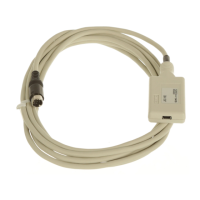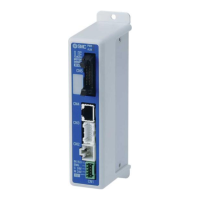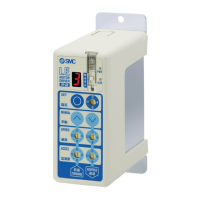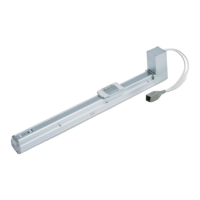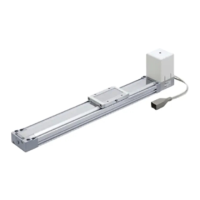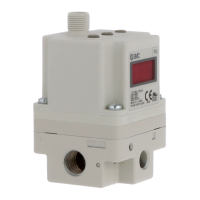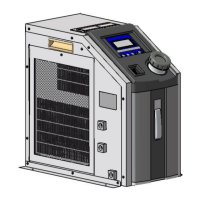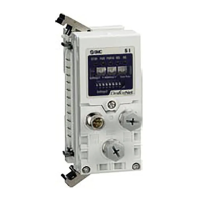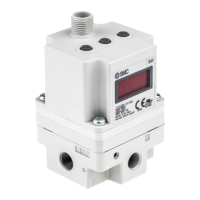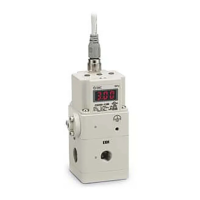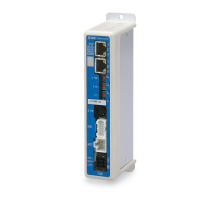18.EtherCAT COMMUNICATION
18.1.4 Communication specifications
The communication status of drivers is classified and managed by EtherCAT State Machine (ESM) that the
EtherCAT standard specifies.
18.1.4.1 Communication status
The following table shows the classification of the communication status. Two communication types are
provided: One is the PDO (process data object) communication where command data and feedback data are
sent and received at a constant period. Another is the SDO (service data object) communication where object
data is sent and received asynchronously. Refer to chapter 3 for details of the PDO communication. Refer to
chapter 4 for details of the SDO communication.
After the power is on, the communication status is the init state. The SDO communication and PDO
communication cannot be performed. The master accesses the DL-Information register and initializes
communication.
The SDO communication can be performed. The PDO communication cannot be performed. The initial setting
for network and initial transfer of parameters can be performed in this state.
The SDO communication can be performed. Though the PDO communication also can be performed, all
operations (commands) such as servo motor drive are invalid. When the DC mode is selected, synchronization
is established in this state.
Both the SDO communication and PDO communication can be performed. Commands using the PDO
communication are valid and the servo motor can be driven.
The mailbox communication with the FoE protocol can be performed. Firmware can be updated through
EtherCAT in this state. (For manufacturer setting)
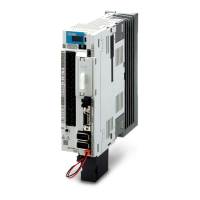
